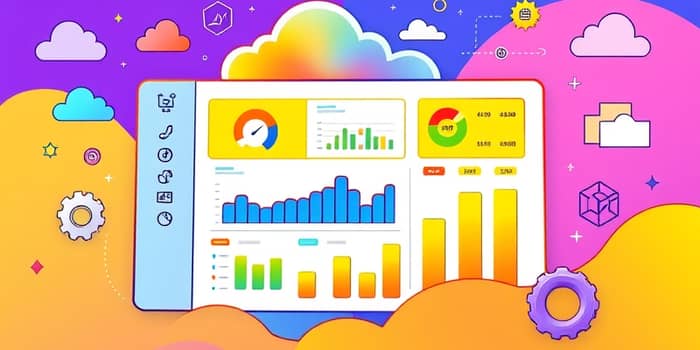
In 2025, the SaaS landscape is undergoing a profound transformation as vendors shift away from rigid subscriptions toward usage-based pricing models that align cost with actual consumption. This evolution reflects customer demand for fairness, transparency, and agility in software spending.
From industry pioneers to emerging startups, SaaS firms are redesigning billing structures to offer more tailored, value-driven plans that foster trust and continuous adoption.
Usage-based pricing (UBP) bills customers according to their actual consumption, measured in API calls, compute hours, storage gigabytes, or other unit metrics. Unlike flat-rate subscriptions or per-seat fees, this approach ensures clients pay exactly for what they use.
Historically, traditional SaaS models locked buyers into fixed monthly or annual payments regardless of utilization. Over time, this led to perceived underutilization and wasted spend, especially for smaller teams or variable workloads.
By contrast, UBP offers aligning spending with real value, creating a perception of fairness and granting customers the freedom to scale usage up or down without penalty.
Recent market data reveals that nearly 45% of SaaS companies have adopted usage-based pricing, and an additional 61% are testing or planning to implement it. This rapid uptake is driven by several compelling factors:
IDC research indicates a shift in buyer preference: 42% now favor usage-based or prepaid models versus 38% for traditional subscriptions, highlighting a clear tilt toward consumption-aligned pricing.
Transitioning to UBP requires robust infrastructure and a meticulous approach to data capture and billing. Key technical necessities include robust data integration capabilities for real-time usage tracking, automated mediation platforms, and seamless API connectivity.
Many SaaS vendors invest in dedicated billing engines or partner with specialized monetization platforms that offer no-code pricing tools, dynamic rate tables, and usage dashboards. These solutions help teams meter consumption accurately and deliver transparent reports to customers.
Experimentation remains essential: companies test tiered rates, volume discounts, prepaid credits, and pay-as-you-go models to identify the optimal balance between predictability and flexibility.
Adopting usage-based pricing poses several hurdles that require strategic planning and clear communication:
To address these issues, leaders deploy usage alerts, threshold notifications, and interactive billing simulators that let customers forecast their spend based on projected consumption.
Investing in customer-centric onboarding experiences ensures clients understand their usage patterns, thresholds, and cost implications right from the trial phase.
Several prominent SaaS providers illustrate the power of usage-based pricing:
Amazon Web Services and Microsoft Azure pioneered pay-per-use models for cloud compute and storage, setting the benchmark for consumption metering. Developer-focused services such as Stripe and Twilio bill per API call or message, enabling startups to scale without steep license fees.
Marketing automation platforms like Mailchimp employ usage tiers based on emails sent, while collaboration tools such as Asana meter access to advanced features. Even storage services like Dropbox now blend subscription allowances with overflow charges.
Regionally, North America leads in UBP innovation, driven by large enterprise adoption and a culture of continuous iteration. AI-first and B2C-focused SaaS firms exhibit the highest rates of usage-based implementation due to unpredictable workloads and rapid user growth.
The shift toward usage-based pricing is not a passing trend but a structural evolution in SaaS business models. Companies that embrace this approach report:
enhanced customer retention and loyalty through fair billing practices, improved cash flow from more frequent invoicing, and accelerated adoption of premium features tied to usage peaks.
As AI and API-driven services proliferate, we can expect even finer-grained pricing units—such as per-token or per-inference charges—to emerge, unlocking novel revenue streams and democratizing access to advanced capabilities.
The realignment of SaaS pricing toward consumption-based models marks a watershed moment for the industry. By offering minimize upfront investment risks and fostering a symbiotic vendor-customer relationship, usage-based pricing unlocks sustained growth and deeper engagement.
With the right operational frameworks, transparent communication, and iterative experimentation, SaaS providers can navigate complexity, deliver superior value, and secure a competitive edge in an increasingly dynamic market.
As we look ahead, the convergence of AI, metered billing, and real-time analytics promises to redefine how software is priced, consumed, and experienced, heralding a new era of customer-centric innovation.
References













